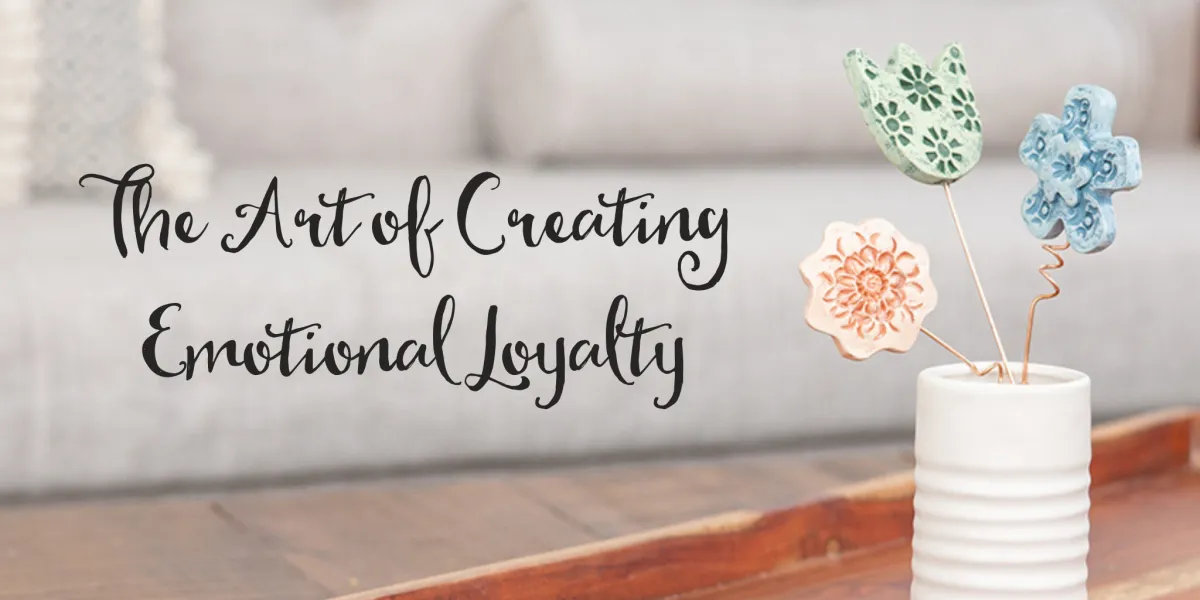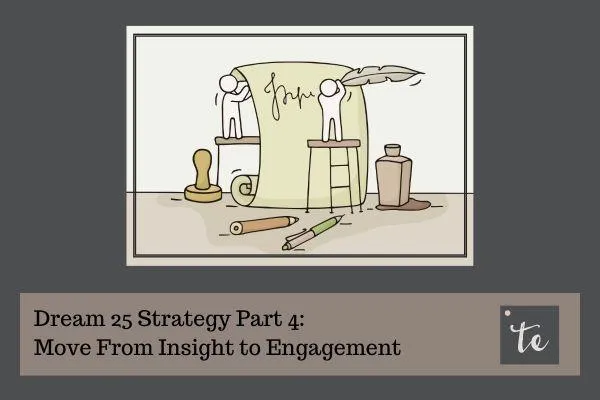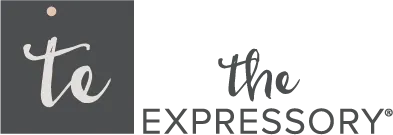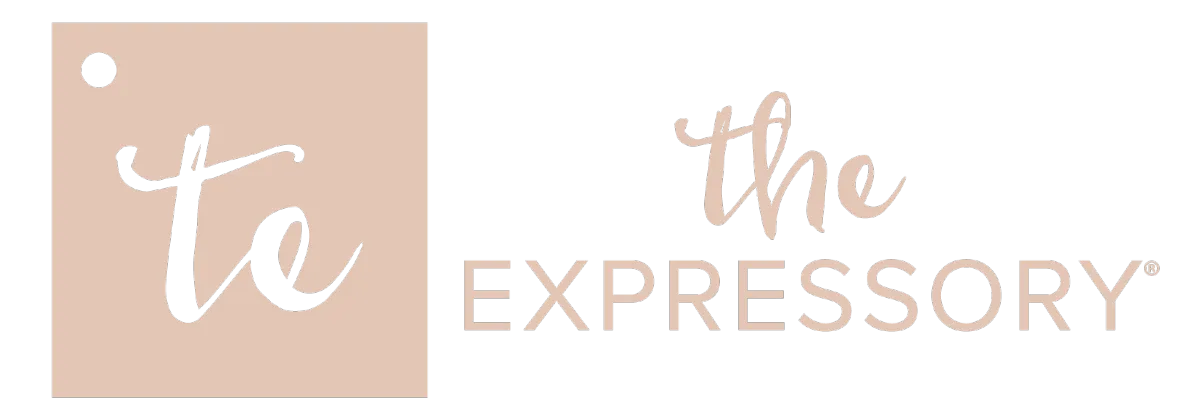
What Swimming Teaches Us About Team Relationships
In my latest video, I break down how swimming teaches us the importance of these relationship-building efforts and the specifics of what we as leaders need to nurture with our teams.
Holiday Gift Insights - What Everyone Else Is Doing
In an effort to simplify the decision-making process, we're sharing some of the trends we've seen with gifting over the years. We're even sharing our best seller and why that gift had such success.
What Makes A Successful Holiday Gift? The Travel Bag Edition
Last year we had the opportunity to work with one of our clients in the travel and tourism space to design an experience that delivered their highest engagement yet.

Dream 25 Strategy Part 4: Move From Insight to Engagement
When it comes to nurturing relationships with prospects, one of the most familiar challenges agencies and other service providers face is not knowing exactly what to say or what to send to capture the attention of their dream prospects. We discussed this challenge on an episode of the "Sell with Authority" Podcast, where host Steven Woessner and Hannah Roth of Predictive ROI asked about effective strategies for overcoming this constraint. And in case you missed it, we have covered the other challenges that limit new business development strategies in earlier blog posts (Part 1, Part 2, & Part 3).
If you’ve reached the point where you have a list of your dream prospects, and you’ve done your research to understand what’s important to them, you probably find yourself at this point of wondering, “now what?” It’s common to get tied up on trying to figure out how to cut through the noise of today’s information & marketing overload to capture the attention of your prospects. And honestly, it’s a good place to pause and think about how to be strategic when it comes to engaging these prospects. This is the moment where you want to make sure you’re showcasing just how much you want to help them, that you understand what’s important to them and that you care.
And this is where we have a few tools to help you do just that.
Creating Emotional Loyalty
In earlier steps, you’ve gone through the research and spent the time to compile themes based on the patterns of information you collected about these prospects. It’s with these themes that you’ll begin to design the touchpoints that you send to your prospects over the course of the year. These touchpoints can, and should be, both digital and physical. Some touchpoints can be emails with information as the “gift” and some can be an actual physical mailing with a token of your generosity.
Regardless of the format of the touchpoint, you want to make sure that what the person receives sparks enough of an emotional reaction that it creates engagement and starts to develop a relationship. Over the years, we have learned that the stories you weave around why you’re giving something makes all the difference. It’s through this experience that we have developed what we call the Six Strategic Storylines for designing your touchpoints. Anytime the touchpoint that you send reflects one or more of these Strategic Storylines, it creates a deeper emotional connection between you and the recipient. The meaning behind the touchpoint creates the trust that opens the door for conversation.
Strategic Storylines Defined
To help guide your touchpoint design, we’ll first explore the Six Strategic Storylines. Each storyline has associated questions to help you think through ideas of what you might give to someone related to each theme you have developed.
Remember, using these storylines requires that you have completed the research into your prospects' business goals, values, and the personal interests of key decision-makers. This research, when combined with the storylines below creates personalized touchpoints that make your prospects feel seen and understood.
Storyline 1 - Relationship Related
When you think of the theme from your research, do you have any shared tradition around that subject? This can be in your personal life and professional.
Do you have something related to the theme that is typically passed down or around within a group of people?
Storyline 2 - Transition Acknowledgement
When you think of the theme, does it represent a milestone that the recipient might be working to accomplish? Or maybe they already have.
Does the theme have something that could represent where someone has already been or where they are headed?
Storyline 3 - Shared Experiences
Is there a way to show you have a shared experience about that theme?
Or is there a way to give something that shows the theme is an experience you’ll share in the future?
Storyline 4 - Goal Acknowledgement
Is the theme related to a goal you could motivate them to achieve?
Is the theme related to a goal you could celebrate them already achieving?
Storyline 5 - DIY Gifting
Could you find something related to the theme that is created by hand? Doesn’t have to be something you make yourself.
Could you find something related to the theme that was made specifically for that person?
Storyline 6 - Gift Acquisition
Could you find something related to the theme that has an interesting or memorable story about how you acquired it for them?
Could you give something related to that theme that is entirely unique?
Brainstorming Your Touchpoints
Now that you have an overview of the Six Strategic Storylines, let’s look at how you apply them to your themes. Our suggestion is to print out the storylines for reference as you’re working through each of the themes that you’ve developed.
To help us with this exercise, we’ve created a list of themes that might apply if you were targeting the PR Industry:
Let’s start with the first theme of Creativity.
In looking through the list of Strategic Storylines, you see one is “Relationship Related – Could the gift relate to a shared tradition?”. In your company, maybe your team has a series of exercises they go through before brainstorming. Or maybe there has been a book that you’ve had your team read related to fanning their flow of creativity. These could make great tools to share with the prospects with a story that explains how you’ve used them. It will make the prospect feel like they know more about you.
A second idea for creativity might be to find those handmade wooden brainteaser puzzles. The thought would be to encourage them to use the puzzle whenever they feel stuck and need to get the creative juices flowing again. If it’s a handmade puzzle you’d want to make sure to include that this was handmade, so they know it took some effort. Perhaps you found the puzzle while traveling overseas, you could also include that story to make this touchpoint include two storylines – handmade and acquisition. It’s the kind of gift that sparks additional conversation as they may have similar stories and might want to ask more questions about the travel.
Next, let’s jump down to the theme of “Empathy/Humanized Approach”. There are any number of angles you could take with this. If we look at where it came from – It’s a trend in the PR industry. So, they’re trying to take more of a humanized approach to their work. The “Shared Experience” storyline could work for this one, because maybe your organization is also trying to take more of a humanized approach. You could find research or books that speak to being better at this.
You could also find case studies to show what it looks like for other companies who have had success with this. Your storyline would be the “Goal Acknowledgement” in that you are motivating them toward improving. Another way to use that storyline is to find a gift that symbolizes the success they will have when they are better at it. This type of message motivates them toward achieving it and as they keep working, they’ll relate your brand to that drive and ultimately accomplishment.
Hopefully, that gives you enough of an idea of how to use the storylines to design your touchpoints. You’ll want to brainstorm multiple ideas for each theme so that you have enough to choose from.
Ideal Number of Touchpoints
As a rule of thumb, you’re going to design seven touchpoints per industry that you are nurturing. If your Dream 25 prospects are all from the same industry – PERFECT. You’ll just want seven. But if you choose a couple of different markets, then you want seven each. Because sometimes they will be different themes, and they’ll likely be different messages as you ultimately refine how you explain why you’re sending them the touchpoint.
Now, these seven touchpoints that you design will be spaced out over the course of the year. Something should be sent to your prospects about every six to eight weeks. We usually start with a seven-week spacing adjust as needed. Remember, you’re only doing this for your list of 25 contacts. And if we do this right, a good part of this is reusable the following year, if you choose.
For the best results, we also recommend including one touchpoint that is specific to the company or contact. Something not based on industry information, but specific to that company’s interests, causes, or goals. Yes, this is going to mean you have to design 25 specific ideas, but there is a lot of value in the touchpoint that is hyper personalized.
As Steven Woessner says in our podcast conversation, "For this strategy to work...It requires persistence and personalization."
Overcoming the hurdle of not knowing what to send or say to capture the attention of your dream prospects is achievable through some dedicated planning time. The thoughtfulness you apply now will help you engage your Dream 25 prospects in a way that sets you apart from the competition. This strategic engagement turns your prospects into clients by showing them you truly understand and care about their success.
We understand this can be overwhelming when you first start working through it. And we’re happy to be a sounding board. Bring your questions or challenges to one of our monthly Q&A sessions and the community will gladly help get you moving. Or feel free to schedule time to chat one on one.
Address:
1500 S. Sylvania Ave #106
Sturtevant WI 53177
Phone:
414.243.8971

